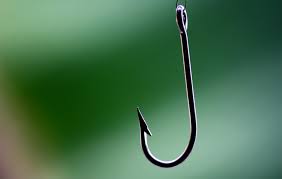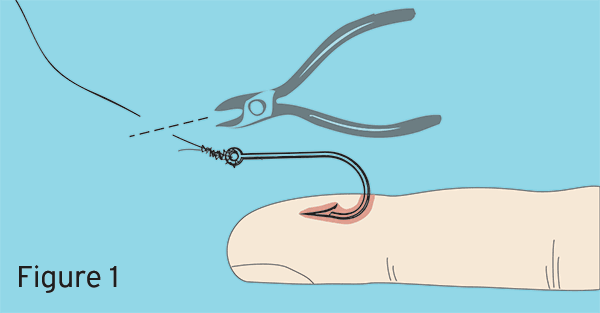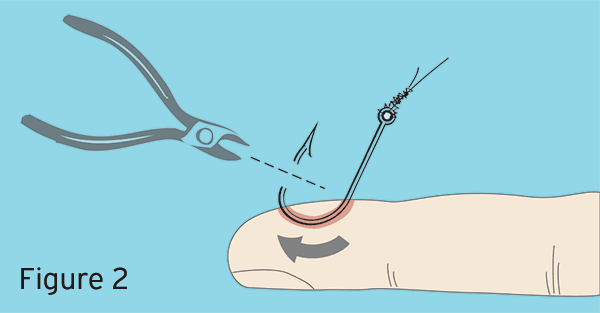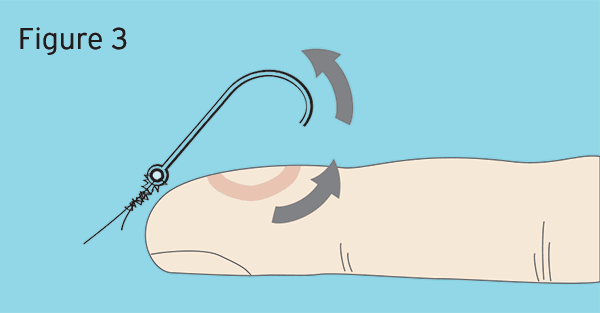
How To Remove A Fish Hook
Many of you are avid fishermen, Even more of you venture to try it just because you are out on the boat . You would be shocked to hear how many stories I hear about “getting hooked”
Here’s a good article by Lenny Rudow to help you all out.
It happens. Here's what to do when you hook the least desirable catch of all.
If the hook is near an eye, vital organs, or (yikes!) private parts, leave it in place and seek medical attention on land. If you're dealing with a treble hook, cap the points that aren't already embedded in you with pieces of cork or a cut-up pool noodle to prevent a second and possibly even a third hook in your skin.
Show me an angler, and I'll show you an inadvertent pincushion. I've personally been hooked in three fingers and a thumb, one earlobe, and a leg. That is, of course, only counting incidents in which the hook penetrated past the barb. Unfortunately, once the barb is sunk, there's no backing out — literally. Fishhooks are designed not to pull out, and they do a pretty darn good job of it. If a hook has entered your epidermis, follow these steps, and make sure your tetanus shots are up to date.

Cut the hook free from the fishing line. Otherwise, you might give it an unintentional yank and cause additional pain. If the hook is attached to a lure, remove it so the lure's body doesn't get in your way or swing around and jerk the hook. Usually you can do this by slipping the hook's eye through a split-ring, but sometimes it requires cutting the eye off with snippers or cutting pliers.

Now you're going to have to cause some additional pain on purpose. Rotate the hook point up as you push it forward, so it pops back out through the surface of your skin — OUCH! It should now form a U with the point and shank exposed, and the bottom of the U under the skin. You can dull the pain by icing the area down first, but you'll probably still yell "Mommy!" Do this in a quick, fluid motion. Try to be gentle and you'll discover it actually takes quite a bit of force to pop through. The longer you take, the more it hurts.

Clip the barb off the hook with a pair of snippers or a similar tool. This may be easy or tough, depending on what type of tools you have at hand and how thick the hook is. If you have only pliers or de-hookers and no cutting tools aboard, use them to mash the barb of the hook completely flat against the shank.
With the barb disabled, back the hook out through both of the holes in your skin. Disinfect the area, and protect it with a bandage.
If there is any question of infection, see a doctor immediately